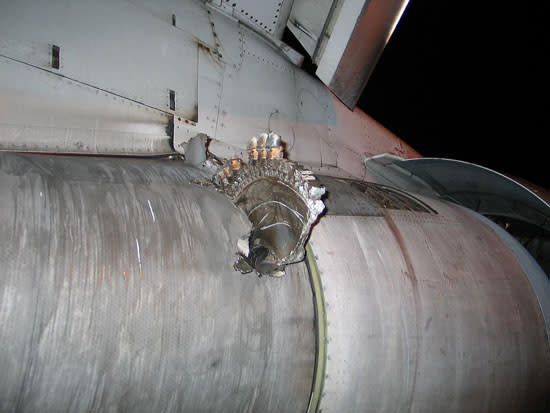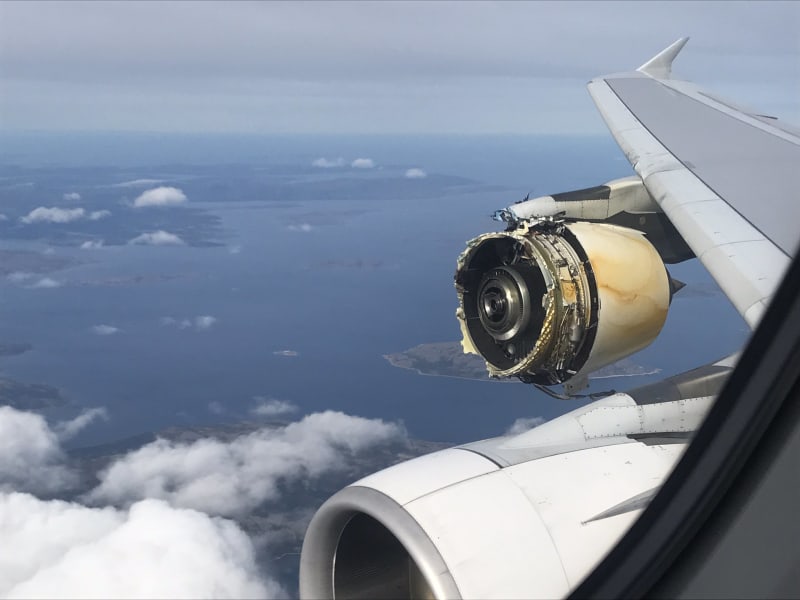-
1
- #1
This is the continuation from:
thread815-445840
thread815-450258
thread815-452000
This topic is broken into multiple threads due to the long length to be scrolled, and many images to load, creating long load times for some users and devices. If you are NEW to this discussion, please read the above threads prior to posting, to avoid rehashing old discussions.
Thank you everyone for your interest! I have learned a lot from the discussion, too.
My personal point of view, since this falls close to (but not exactly within) my discipline, is the same as that expressed by many other aviation authorities: that there were flaws in an on-board system that should have been caught. We can describe the process that "should have happened" in great detail, but the reason the flaws were allowed to persist is unknown. They are probably too complex to reveal by pure reasoning from our position outside of the agencies involved. Rather, an investigation of the process that led to the error inside these agencies will bring new facts to light, and that process is under way, which will make its results public in due time. It may even reveal flaws in the design process that "should have" produced a reliable system. Every failure is an opportunity to learn - which is the mandate of the agencies that examine these accidents.
Some key references:
Ethiopian CAA preliminary report
Indonesian National Transportation Safety Committee preliminary report
The Boeing 737 Technical Site
No one believes the theory except the one who developed it. Everyone believes the experiment except the one who ran it.
STF
thread815-445840
thread815-450258
thread815-452000
This topic is broken into multiple threads due to the long length to be scrolled, and many images to load, creating long load times for some users and devices. If you are NEW to this discussion, please read the above threads prior to posting, to avoid rehashing old discussions.
Thank you everyone for your interest! I have learned a lot from the discussion, too.
My personal point of view, since this falls close to (but not exactly within) my discipline, is the same as that expressed by many other aviation authorities: that there were flaws in an on-board system that should have been caught. We can describe the process that "should have happened" in great detail, but the reason the flaws were allowed to persist is unknown. They are probably too complex to reveal by pure reasoning from our position outside of the agencies involved. Rather, an investigation of the process that led to the error inside these agencies will bring new facts to light, and that process is under way, which will make its results public in due time. It may even reveal flaws in the design process that "should have" produced a reliable system. Every failure is an opportunity to learn - which is the mandate of the agencies that examine these accidents.
Some key references:
Ethiopian CAA preliminary report
Indonesian National Transportation Safety Committee preliminary report
The Boeing 737 Technical Site
No one believes the theory except the one who developed it. Everyone believes the experiment except the one who ran it.
STF


